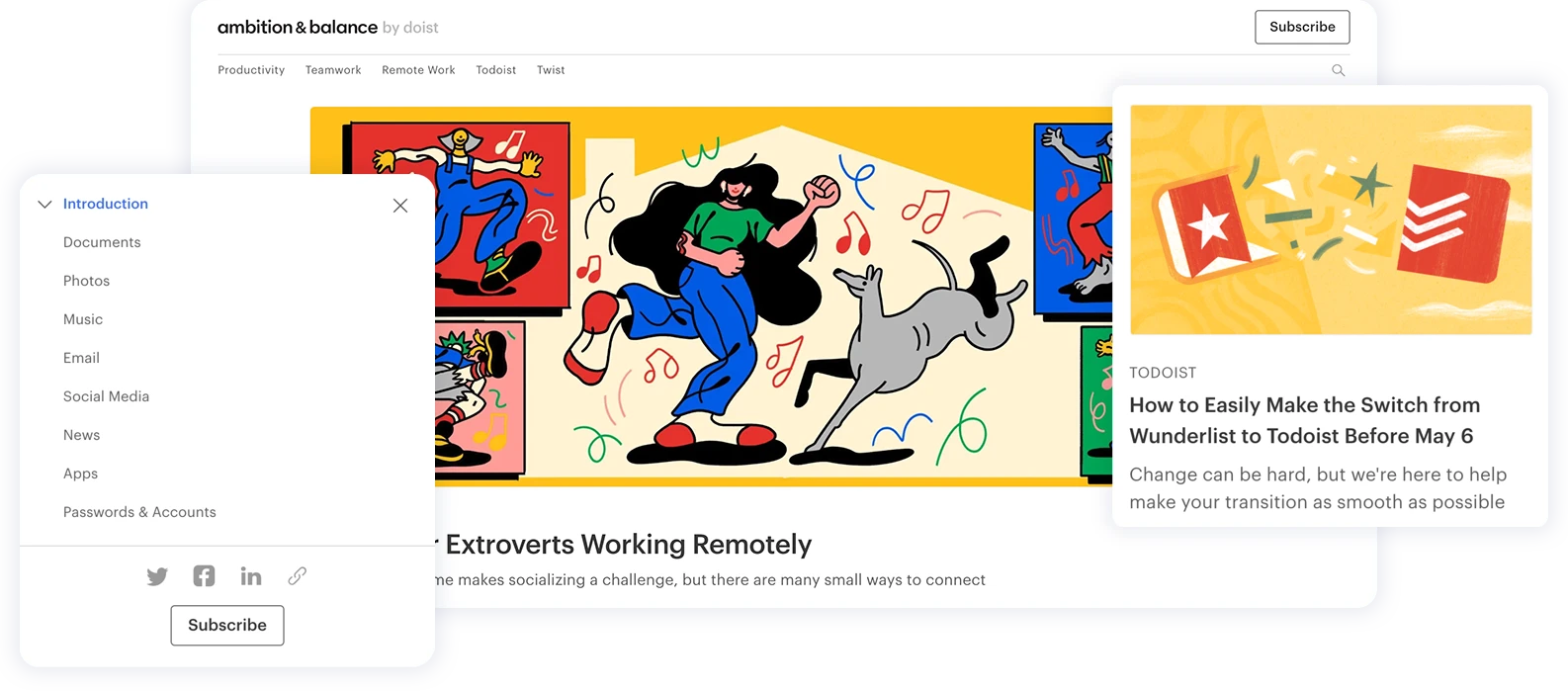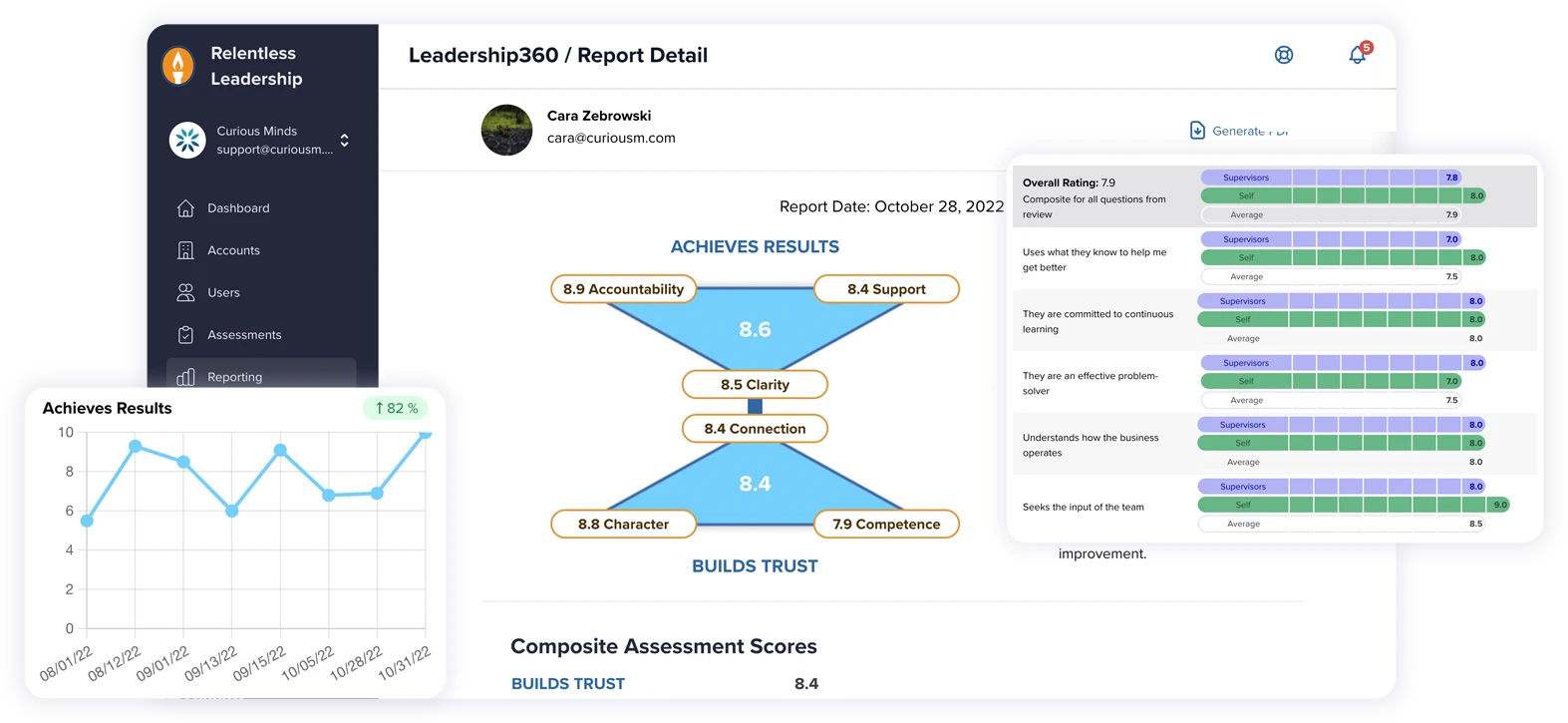Statistics indicate that a significant 70% of web users gravitate towards sites available in their mother tongue. Thus, the creation of a multilingual WordPress website is an indispensable undertaking for businesses and content creators aiming to break into the global marketplace. This guide provides you with the necessary roadmap to pinpoint the ideal translation plugin, oversee multilingual content adeptly, and customize your website to meet the needs of a wide array of linguistic demographics. In addition to this, we provide keen insights on not just ensuring accurate translation of your content but also making certain it connects effectively within varied cultural frameworks.
Understanding the Importance of a Multilingual WordPress Website
Having a multilingual WordPress website is an efficient way to engage with a diverse audience. Overcoming language obstacles guarantees that your business's message gets across to people of various language communities.
Creating a multilingual platform can boost your online presence. It broadens your reach, making your site more accessible to visitors worldwide. A website rendered in a familiar language encourages trust among users, promotes engagement, and improves their user experience. This, in turn, helps build strong loyalty to your site.
SEO-wise, multilingual sites stand out. Search engines, particularly Google, favor websites that cater to users in their native languages. This preference can lead to higher rankings, more visibility, and increased traffic. Furthermore, targeting specific keywords for each language can open new markets and opportunities.
Indeed, multilingual capacity on your WordPress website serves as a powerful instrument for worldwide outreach. By accommodating various languages and appealing to a global market, you are set to enrich user engagement, bolster your brand reputation, and open your business to unprecedented opportunities. Our team can assist you in creating a site that goes beyond multilingual capabilities and effectively resonates with that global community.
Choosing the Right WordPress Translation Plugins
Your decision regarding the right translation plugin for your WordPress site is critical in establishing a successful multilingual presence. As you navigate the myriad of options available, considerations should include ease of use, compatibility with your existing themes and plugins, and the ability to translate not just your content but also your theme, plugins, and meta-data.
Two of the front-running translation plugins for WordPress include 'WPML' and 'Polylang.' WPML stands out for its robust functionality, supporting more than 40 languages, and having the ability to add your own language variants. It also offers advanced translation management features. Polylang, on the other hand, is a free plugin, known for its ease of use, and compatibility with major SEO plugins. It allows you to add as many languages as you wish, although professional translation services come with a premium version.
In the process of deciding between automated machine translations and services provided by translation professionals, the key aspect to weigh in is the quality. Machine-driven translation methods, such as those offered by Google Translate, deliver speed and cost-effectiveness, yet often overlook the subtle cultural implications. Choosing a plugin which facilitates manual translations and integrates seamlessly with professional translation services can remarkably upgrade the quality of your website.
Remember, providing a seamless experience for all users, irrespective of their language, will require intensive testing. Choosing the right plugin is just the first step in this journey. Ensure you regularly update and test your site, making modifications as needed to improve user experience and engagement.
Setting Up Your Multilingual Site
Establishing a multilingual website goes far beyond simple language translation. This task demands an in-depth comprehension of the diverse cultural aspects of your target audience, enhancement of your website's structure and user navigation, and precise translation that encapsulates not merely the text but its inherent connotations as well. The objective is to develop a website that connects with your international audience meaningfully and relatable.
Start by knowing your target audience. Who are they? Where are they? What languages do they speak? Understanding and meeting your audience’s needs will enhance your content translation and boost user satisfaction.
Once you know your audience's languages, choose a WordPress theme that works with multilingual plugins. Themes that are easy to use on mobile and optimized for SEO enhance the user experience. After that, install and set up your chosen translation plugin to translate all parts of your site, including posts, pages, menus, widgets, and meta tags.
Finally, consider your website's design. Will each language have its own page, or will users switch languages on one page? Will the navigation be the same in all languages? These factors are key to ensuring easy navigation and a good experience for all users, regardless of language or location.
Crafting Culturally Relevant Content for an International Audience
When you aim to enthrall a worldwide readership, it's essential that your content is permeated with global charm rather than simply being translated. As you tailor your website to fit different languages, a mere word-for-word translation will not suffice. You must endeavor to steep your content in the distinct cultural context and appetites inherent to each of your target locales.
It’s important to grasp the cultural context. Every region has its own unique expressions, humor, traditions, and societal norms. Missing these nuances can render your content ineffective or even offensive. That’s why it’s beneficial to use professional translators or native speakers who deeply understand these cultural details.
Also, consider the visual components of your site. Images, infographics, and videos mus be suitable and appealing to each cultural setting. What works in one locale may fall flat or be inappropriate in another, so customizing your visuals according to local preferences is key. For instance:
Colors have different associations. Red symbolizes luck in China, but mourning in some African countries.
Symbols can be misinterpreted. A thumbs-up is positive in many places but rude in parts of the Middle East and South America.
Even humor can be tricky. Jokes relying on wordplay or sarcasm might not translate well.
By making the necessary effort to comprehend your audience's cultural norms and preferences, you not only help to avert inadvertent cultural missteps in your content but can also attain a more profound connection with them. Making your content resonate with local nuances, such as cultural festivities, current happenings, or trending topics, conveys a deep appreciation and understanding of their culture. This, in turn, can lead to amplified engagement from your audience.
Wordpress SEO Multilingual Websites
The value of Search Engine Optimization (SEO) for a website's optimal visibility and reach is indisputable. This importance is further elevated when you're navigating the waters of a multilingual WordPress website. Engaging with an expansive international readership necessitates a meticulous calibration of each language-specific version of your site. Such an approach positions your website uniquely in the competitive global market and enables you to establish a meaningful connection with your intended audience.
First, you must leverage the power of hreflang tags. These tags help search engines understand the language and geographical targeting of a webpage. They are used correctly when each language version of your website confirms the language it is written in and lists the other languages available.
Keyword research must be unique to each language. Remember, due to cultural and linguistic nuances, direct translations often do not work as effectively as keywords in another language. So, conduct separate keyword research and develop unique SEO strategies for every language version.
Keeping your content distinct for each language version is vital. Google might see pages with similar content in different languages as duplicate content. To prevent such issues, ensure each language site has content specific to that language's audience.
In Conclusion
Creating a multilingual WordPress website is an investment that can pay off significantly. You'll establish a strong global presence by carefully selecting tools, crafting culturally sensitive content, and optimizing for search engines. Imagine the possibilities that open up when you connect with people from all corners of the world in their own language!
Ready to take your WordPress site global? Let's get started!
Need help navigating the complexities of multilingual website development? The experienced web developers at Curious Minds Media can guide you through the process, ensuring a seamless and culturally resonant experience for your global audience. Contact us to explore how we can support your international expansion.



















